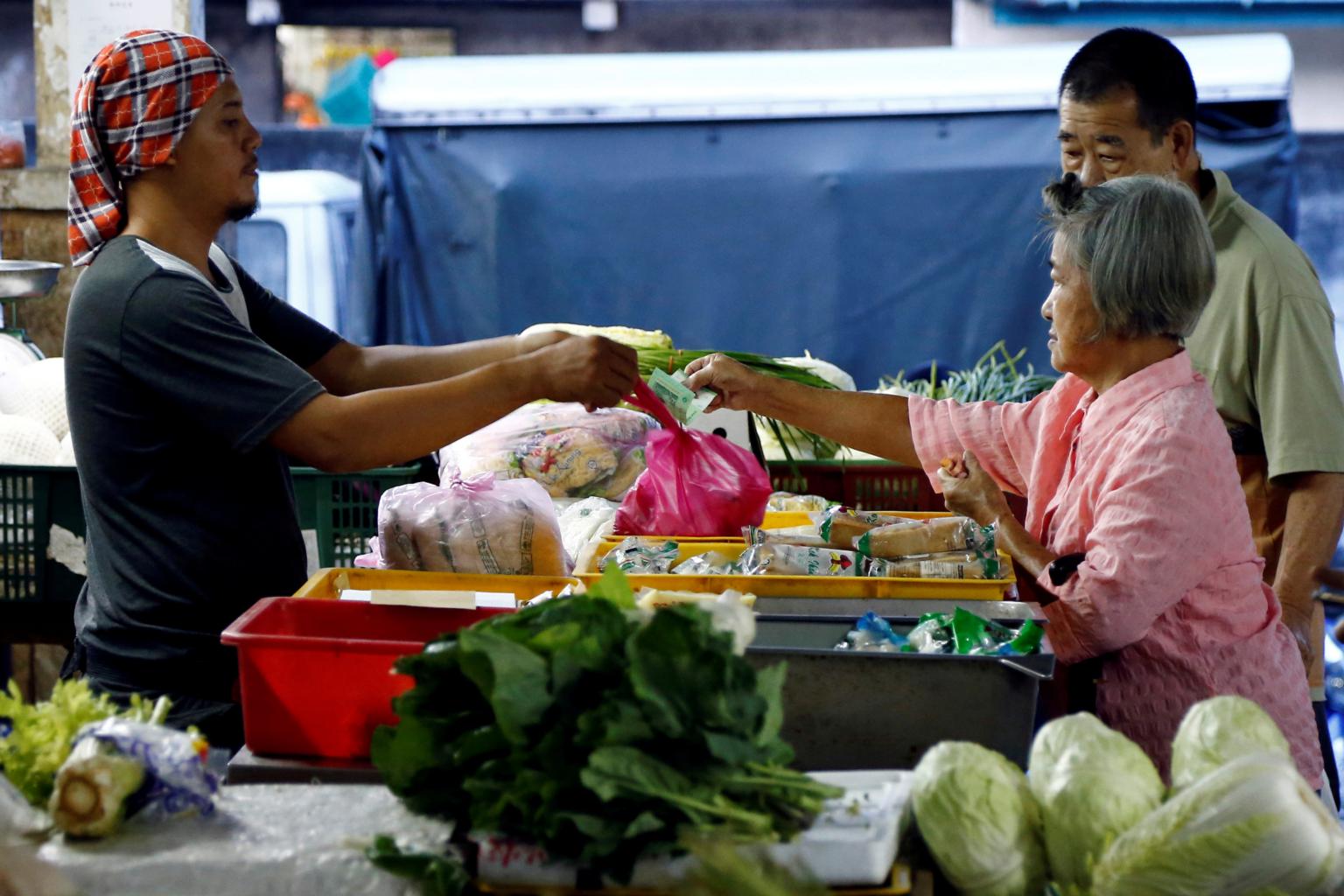Malaysia's income gap doubled in two decades: Study
Sign up now: Get insights on the biggest stories in Malaysia

The study argued that policymakers need to think beyond the Gini coefficient and include measures to address the absolute earnings gap.
PHOTO: REUTERS
Follow topic:
KUALA LUMPUR - Despite a reduction in official income inequality, the absolute earnings gap between Malaysia's top 20 per cent and their other countrymen has nearly doubled, putting more Malaysians in relative poverty.
A new study by Khazanah Research Institute (KRI) released on Monday (Oct 15) argued that policymakers need to think beyond the Gini coefficient - which represents the relative difference in earnings - and include measures to address the absolute earnings gap.
The research arm of sovereign wealth fund Khazanah pointed out that in 2016, households with income below RM2,000 (S$663) per month spent 94.8 per cent of their incomes on consumption, while families earning above RM15,000 monthly spent only 45 per cent of their incomes on consumption.
"Worryingly, for households earning below RM2,000, the income remaining after accounting for inflation is only RM76 in 2016, reducing from RM124 in 2014," the report said, adding that this left them vulnerable to sudden financial shocks.
"In the past two decades, the actual differences in household income, adjusted to inflation, have almost doubled between the top 20 per cent households (T20) versus the middle and bottom 40 per cent (M40 and B40) households, respectively," it added.
Although the government has repeatedly boasted of eradicating hardcore poverty, relative poverty - defined as earning less than 60 per cent of the median income - has increased by more than 50 per cent to three million households since 1995. This means 43 per cent of the country's 6.9 million households are relatively poor.
Mr Allen Ng, lead author of the report titled State Of Households 2018: Different Realities said investing in human capital will be key in overcoming the income gap as data gathered showed education and skills was the most important determinant of income. He pointed out that only 14.7 per cent of the workforce had graduate degrees.
"If you're a leader or policymaker, invest in our people, our children," he said at the launch of the report. "Cash transfers, subsidies are just band-aids."
Malaysia's Gini has fallen from 0.513 in 1970 to 0.399 in 2016. A Gini of zero means everyone is earning the same amount.
But the T20 saw their average household incomes rise from about RM9,000 to RM16,000 between 1995 to 2016, while the income for the M40 grew only from around RM3,000 to RM6,000, and that for B40 went up from about RM1,000 to RM2,000.
This translates to a gap of RM6,000 increasing to RM10,000 between the T20 and M40, and RM8,000 to RM14,000 between the T20 and B40, before adjusting for inflation.
There is also a huge urban-rural gap as well as inequality between the 13 states and three federal territories of Malaysia. A family living on RM7,000 a month would be in the T20 in five of 13 states including the poorest Kelantan. But this household will be among the B40 in capital Kuala Lumpur.
"If you don't root policies in the right context... it will miss the target. We tend to think everybody lives in the same reality and have one benchmark," said KRI research director Suraya Ismail.
These differences need to be reflected in policy-making, she said, for example in setting income levels and price points at which households can qualify for social housing.
The study also found that since 1995, female labour force participation had increased by less than 10 percentage points.
Furthermore, one-third of the increase in the women's labour force between 2010 and 2017 was due to the rise of self-employment.
"Given the more vulnerable nature of self-employment, striking a balance between preserving economic opportunities and ensuring economic security for women hence becomes the challenge moving forward," KRI said in its report.
The institute said that raising women's employment levels by 30 per cent "would not only raise Malaysia's GDP by around 7 to 12 per cent, but also serve as a potential remedy for an ageing population" by easing the burden on the workforce.

